 Morningstar is holding a free online event this Saturday, April 2nd called the Individual Investor Conference. Starting at 9am Central, according the full agenda there will be six live streaming video sessions from their staff. You can chat with other attendees during the video stream, or also send in your own questions to miic@morningstar.com with the subject line “MIIC 2016: My Investing Question”. Here are the sessions that interest me:
Morningstar is holding a free online event this Saturday, April 2nd called the Individual Investor Conference. Starting at 9am Central, according the full agenda there will be six live streaming video sessions from their staff. You can chat with other attendees during the video stream, or also send in your own questions to miic@morningstar.com with the subject line “MIIC 2016: My Investing Question”. Here are the sessions that interest me:
10:00–10:50 a.m. CST “Securing Your Retirement: A Conversation with Christine Benz and Harold Evensky”
As pension plans wane and Social Security faces long-term cutbacks, more and more of individuals’ retirement security is in their own hands. How do they make it work? In this one-on-one interview, Morningstar director of personal finance Christine Benz and noted financial planner Harold Evensky (a pioneer of the “bucket approach” to retirement income) will discuss the key pillars to retirement security for individuals in every life stage–from early-career savers to those already in retirement.
1:30–2:20 p.m. CST “Portfolio Planning: Make a Lean, Mean, Tax-Efficient Machine”
Because we investors don’t know what headwinds will come, it makes sense to streamline everything else we can control–and that includes minimizing the drag caused by unnecessary tax exposure. In this presentation, Morningstar director of personal finance Christine Benz will help you craft a solid plan for tax efficiency–that means maximizing tax shelters, optimizing taxable portfolios, finding the best tax-smart investments, and building a tax-savvy retirement-drawdown plan.
It doesn’t look like are required to register or anything, just show up. These are relatively long sessions, so hopefully it will be a compilation of their “best stuff” on the given subjects.
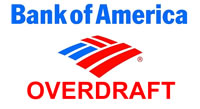 Updated. Although I originally wrote this post a few years ago, it (unfortunately) still gets regular traffic. Bank reforms instituted in 2010 made overdraft “protection” only applicable on an opt-in basis on ATM/debit card usage. Despite this fact, U.S. banks still collected over $6 billion dollars in overdraft fees in 2015.
Updated. Although I originally wrote this post a few years ago, it (unfortunately) still gets regular traffic. Bank reforms instituted in 2010 made overdraft “protection” only applicable on an opt-in basis on ATM/debit card usage. Despite this fact, U.S. banks still collected over $6 billion dollars in overdraft fees in 2015.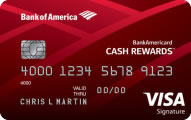
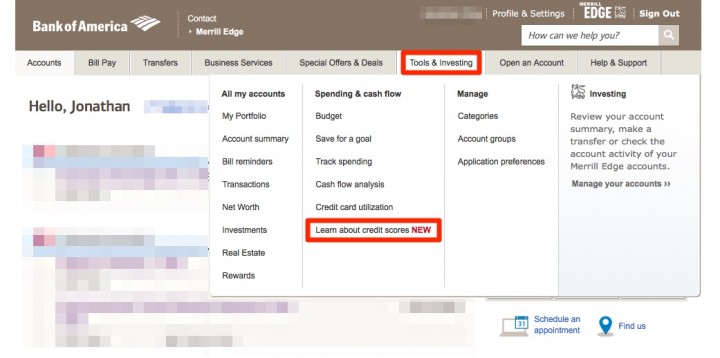
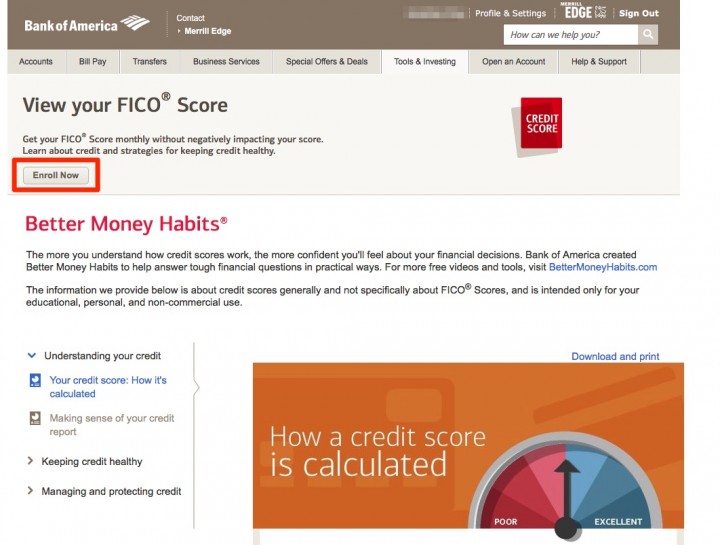
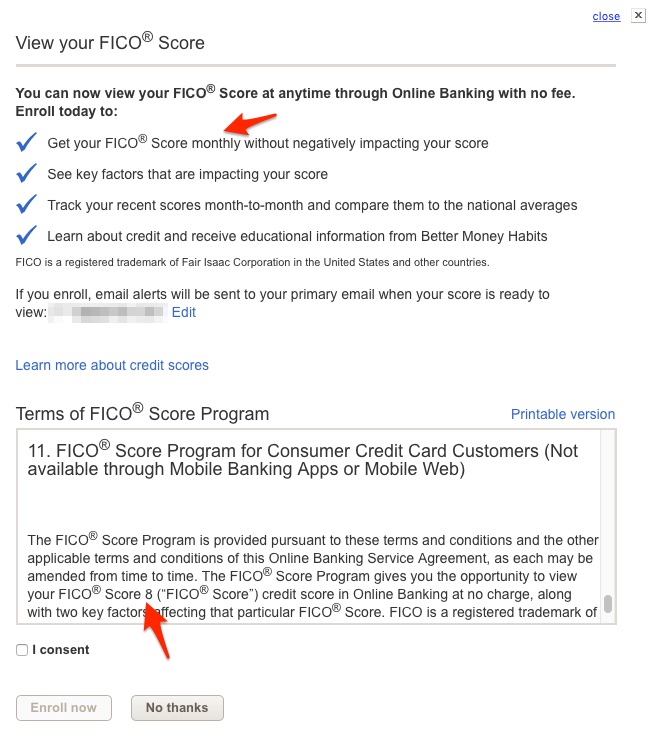
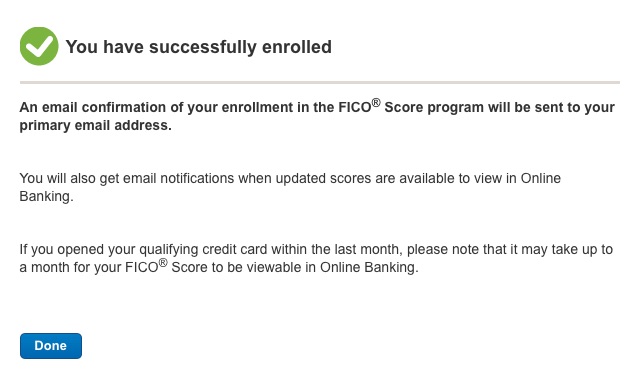
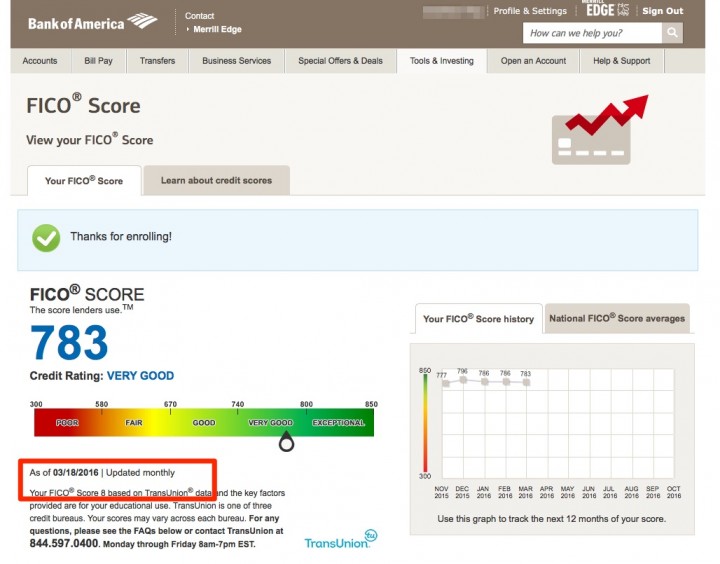
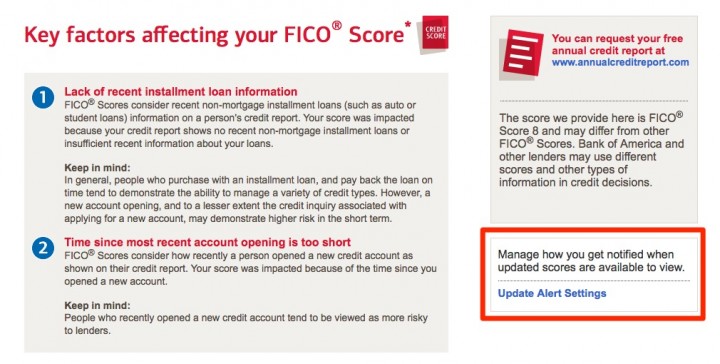
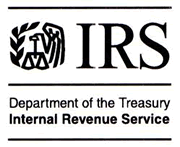 If you have self-employment or other income outside of your W-2 paycheck this year, you may need to send the IRS some money before the usual tax-filing time. Here are the due dates for paying quarterly estimated taxes in 2016; they are supposed to be in four equal installments. This is for federal taxes only, state and local tax due dates may be different.
If you have self-employment or other income outside of your W-2 paycheck this year, you may need to send the IRS some money before the usual tax-filing time. Here are the due dates for paying quarterly estimated taxes in 2016; they are supposed to be in four equal installments. This is for federal taxes only, state and local tax due dates may be different.  A common frugal tip is to lower your cellphone bill by switching to a cheaper provider. Many of the cheaper options use the T-Mobile and/or Sprint networks, which in general have fewer cellular towers and coverage density. But what should really matter is the quality of coverage where you actually need to use it. If T-Mobile, Sprint, or a T-Mobile/Sprint MVNO serves your needs adequately, why not switch and save hundreds of dollars per year?
A common frugal tip is to lower your cellphone bill by switching to a cheaper provider. Many of the cheaper options use the T-Mobile and/or Sprint networks, which in general have fewer cellular towers and coverage density. But what should really matter is the quality of coverage where you actually need to use it. If T-Mobile, Sprint, or a T-Mobile/Sprint MVNO serves your needs adequately, why not switch and save hundreds of dollars per year?
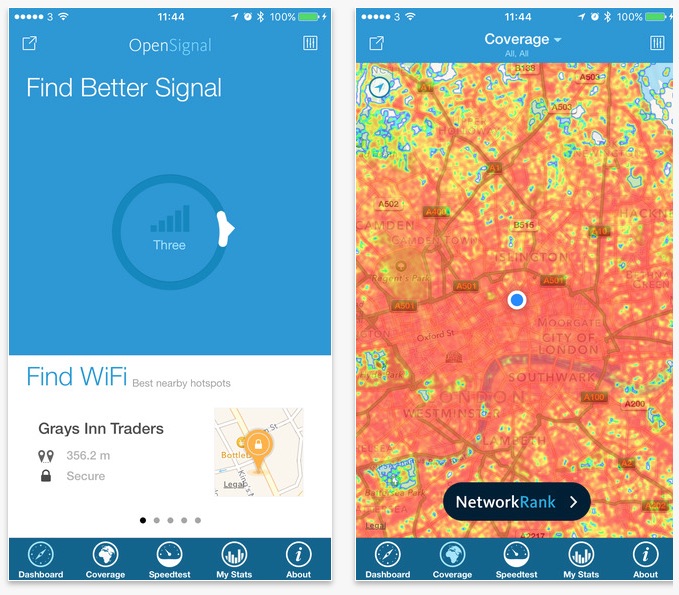
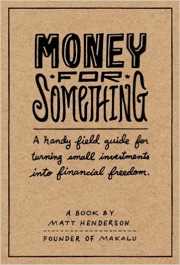
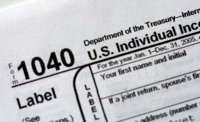 We all know that personal income tax filings are due soon, but so are the first round of quarterly estimated taxes for 2016. Many of us with freelance or side-gig income must makes these payments in order to avoid a tax penalty at the end of the year.
We all know that personal income tax filings are due soon, but so are the first round of quarterly estimated taxes for 2016. Many of us with freelance or side-gig income must makes these payments in order to avoid a tax penalty at the end of the year.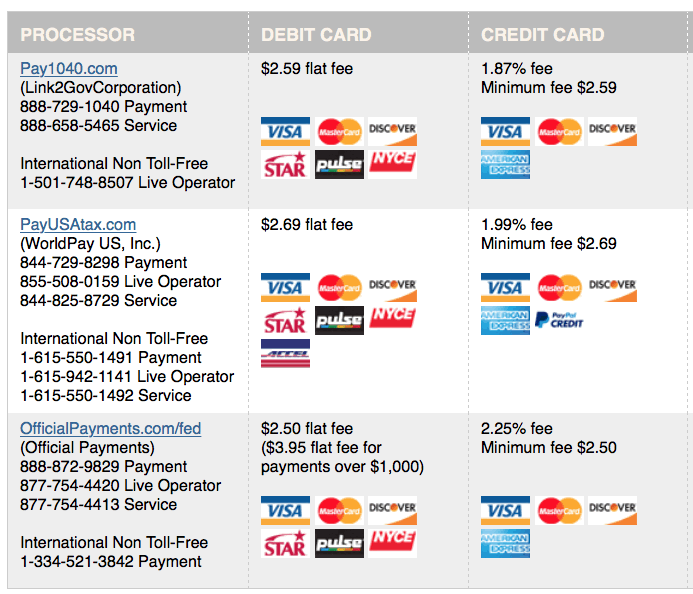

 Highlights of the new JetBlue Plus card:
Highlights of the new JetBlue Plus card: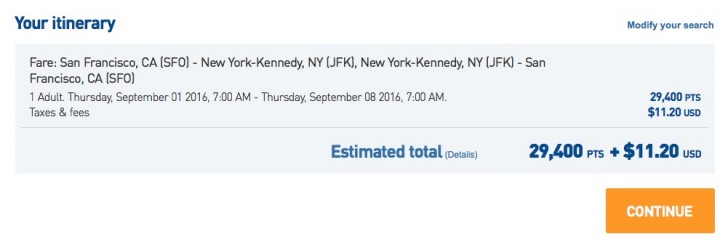
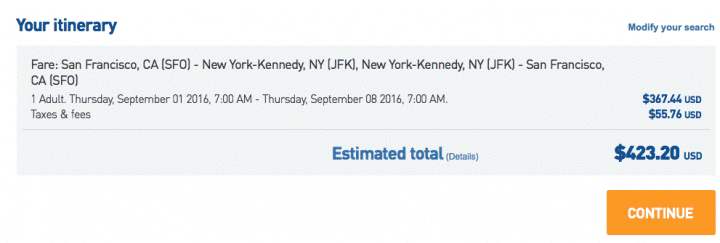
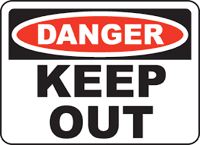
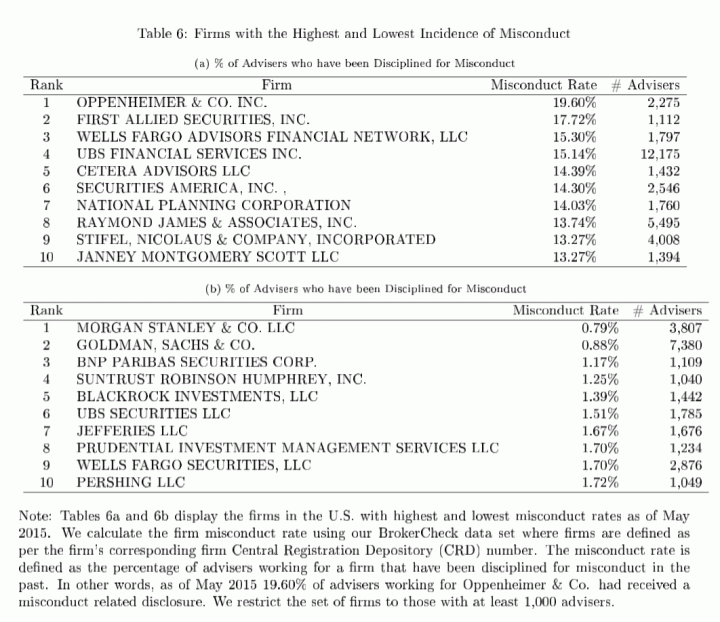
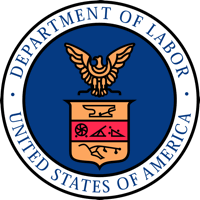 Right now, there is a big debate in Congress about whether the fiduciary standard should be required for all financial advisors that manage retirement accounts. A fiduciary requirement would include the following:
Right now, there is a big debate in Congress about whether the fiduciary standard should be required for all financial advisors that manage retirement accounts. A fiduciary requirement would include the following:
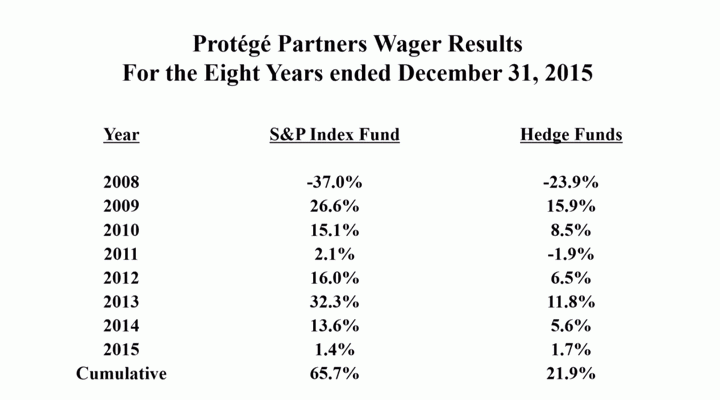


 The Best Credit Card Bonus Offers – March 2024
The Best Credit Card Bonus Offers – March 2024 Big List of Free Stocks from Brokerage Apps
Big List of Free Stocks from Brokerage Apps Best Interest Rates on Cash - March 2024
Best Interest Rates on Cash - March 2024 Free Credit Scores x 3 + Free Credit Monitoring
Free Credit Scores x 3 + Free Credit Monitoring Best No Fee 0% APR Balance Transfer Offers
Best No Fee 0% APR Balance Transfer Offers Little-Known Cellular Data Plans That Can Save Big Money
Little-Known Cellular Data Plans That Can Save Big Money How To Haggle Your Cable or Direct TV Bill
How To Haggle Your Cable or Direct TV Bill Big List of Free Consumer Data Reports (Credit, Rent, Work)
Big List of Free Consumer Data Reports (Credit, Rent, Work)